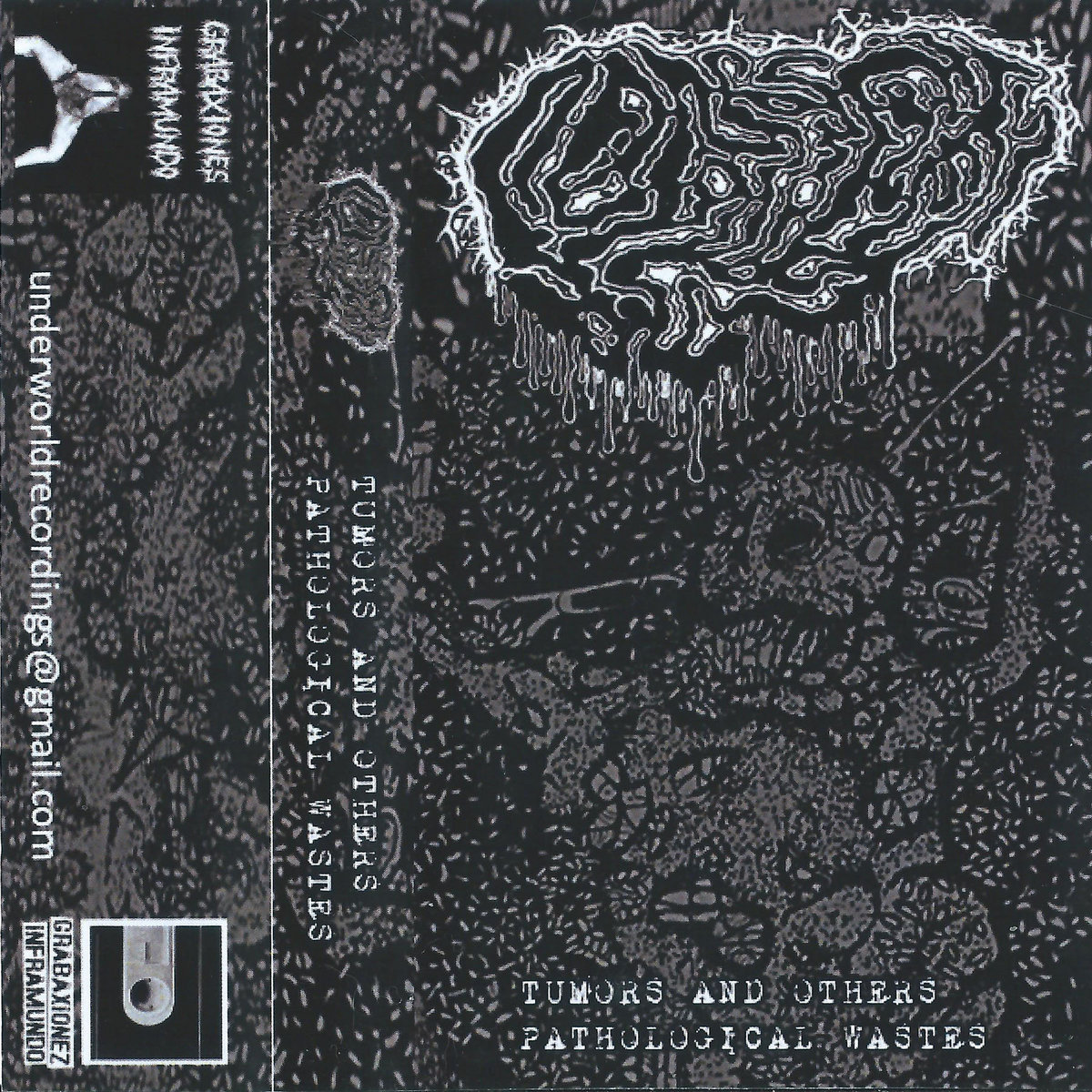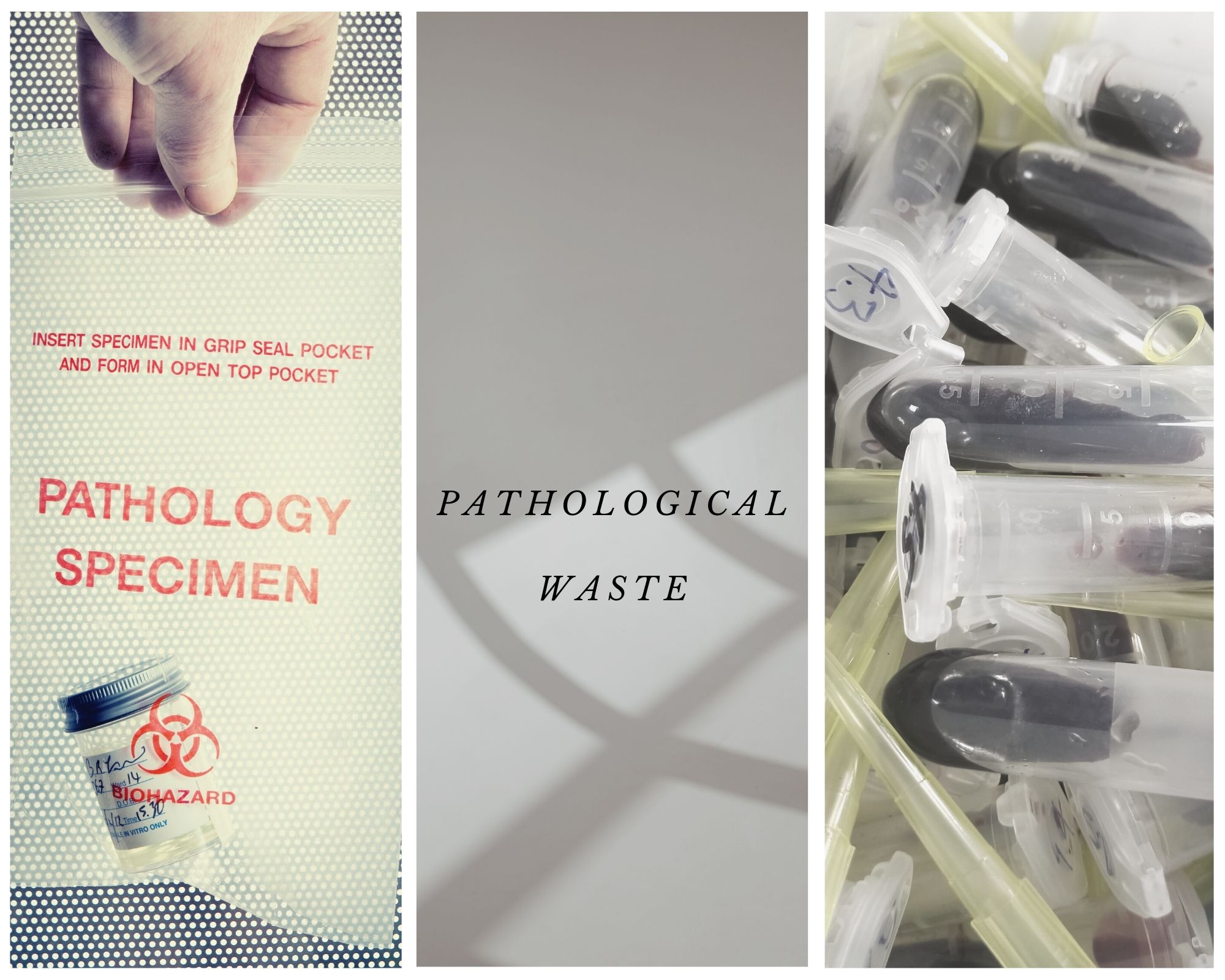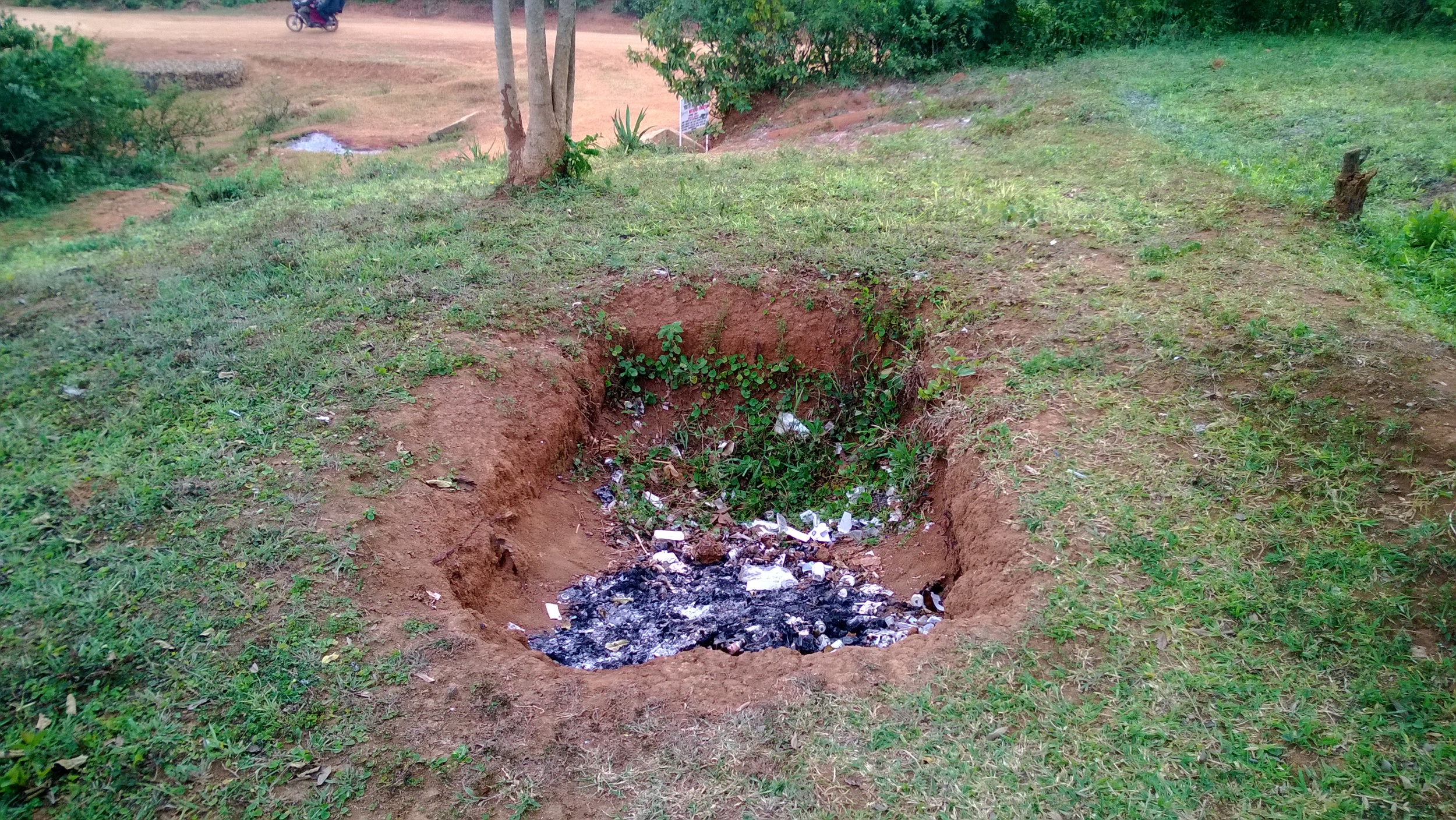


Cytotoxic drugs or genotoxic drugs are drugs that have the ability to reduce/stop the growth of certain living cells and are used in chemotherapy for cancer. This category also includes all the drugs and equipment used for the mixing and administration of cytotoxic drugs. Since various ministries of health or their equivalents usually put in place specific measures that will reduce the the wastage of drugs, Health care facilities should deal only with small quantities of pharmaceutical wastes. In this category are also included discarded items used in the handling of pharmaceuticals like bottles, vials, connecting tubing. Pharmaceutical wastes: expired, unused, and contaminated drugs vaccines and sera Pharmaceutical waste includes expired, unused, spilt and contaminated pharmaceutical products, drugs and vaccines. Following the precautionary principles, anatomical waste is always considered as potential infectious waste. Even if pathological waste may contain healthy body parts, it has to be considered as infectious waste for precautionary reasons.Īnatomical waste is a sub-group of pathological waste and consists in recognisable human body parts, whether they may be infected or not. Pathological waste: recognizable body parts and contaminated animal carcasses Pathological waste consists of organs, tissues, body parts or fluids such as blood. This category also includes liquid waste such as faeces, urine, blood or other body secretions (such as sputum or lung secretions). Examples of infectious waste include discarded materials or equipment, used for the diagnosis, treatment and prevention of disease that has been in contact with body fluids (dressings, swabs, nappies, blood bags…). Infectious waste: waste contaminated with blood and its by-products, cultures and stocks of infectious agents, waste from patients in isolation wards, discarded diagnostic samples containing blood and body fluids, infected animals from laboratories, and contaminated materials (swabs, bandages) and equipment (such as disposable medical devices) are considered as infectious waste, all wastes that are susceptible to contain pathogens (or their toxins) in sufficient concentration to cause diseases to a potential host. Waste and by-products cover a diverse range of materials, as the following list illustrates (percentages are approximate values): But what about the wastes and by-products they generate Health-care activities protect and restore health and save lives.

Health-care waste contains potentially harmful micro organisms which can infect hospital patients, health-care workers and the general public. The remaining 20% is considered hazardous material that may be infectious, toxic or radioactive.Įvery year an estimated 16 000 million injections are administered worldwide, but not all of the needles and syringes are properly disposed of afterwards.

Of the total amount of waste generated by health-care activities, about 80% is general waste. WHO Programme activities include developing technical guidance materials for assessing the quantities and types of waste produced in different facilities, creating national action plans, developing national healthcare waste management (HCWM) guidelines and building capacity at national level to enhance the way HCW is dealt with in low-income countries (LICs).Ĭlassification of Health Care wastes shows that Healthcare waste (HCW) is a by-product of healthcare that includes sharps, non-sharps, blood, body parts, chemicals, pharmaceuticals, medical devices and radioactive materials. It is essential that all medical waste materials are segregated at the point of generation, appropriately treated and disposed of safely(WHO, 2011). Poor management of health care waste potentially exposes health care workers, waste handlers, patients and the community at large to infection, toxic effects and injuries, and risks polluting the environment. Waste generated by health care activities includes a broad range of materials, from used needles and syringes to soiled dressings, body parts, diagnostic samples, blood, chemicals, pharmaceuticals, medical devices and radioactive materials (WHO, 2011).


 0 kommentar(er)
0 kommentar(er)
